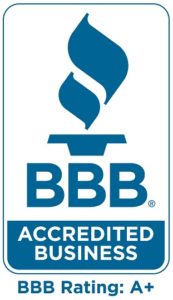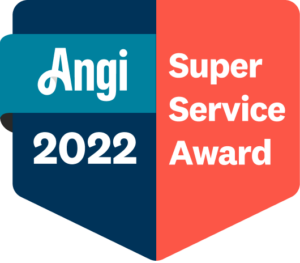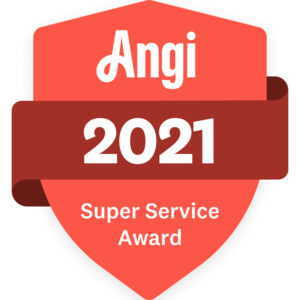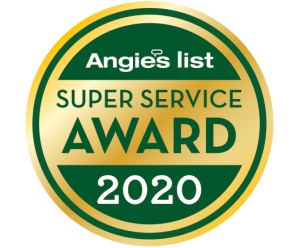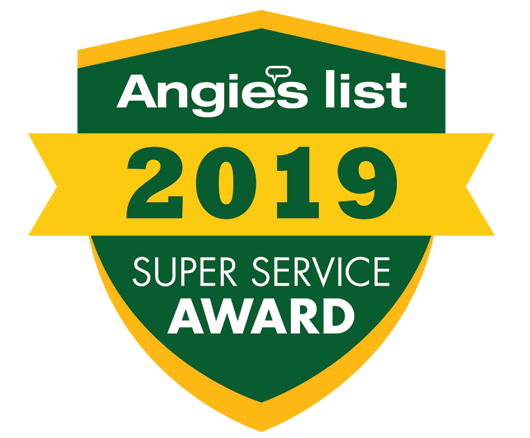Insulation and air sealing upgrades improve indoor comfort, lower heating and cooling bills, and create a healthier and safer indoor environment for your family. And right now, you can save 30% on the upfront costs—up to $1,200—thanks to the federal insulation tax credit. But here’s the catch: you only have until the end of 2025 to qualify.
If you’ve never heard of a tax credit for insulation and air sealing, you’re not alone. Not every contractor understands how to make these incentives easy to use—but we do! Keep reading to learn how the tax credit works, what upgrades are eligible, and how ARC Insulation can help you make the most of these limited-time savings.
Tax Credits vs. Rebates: What’s the Difference?
Tax credits and rebates are both ways to make home energy efficiency upgrades more affordable, but they work a little differently:
- A rebate is an instant discount or a cash refund after purchase.
- A tax credit reduces the amount of federal income tax you owe at the end of the year. You’ll claim the credit when you file your tax return for the year the upgrade was installed.
The insulation tax credit is part of your federal taxes, so as long as you owe taxes, you can benefit. ARC Insulation provides the documentation you need to make claiming your credit easy.
What Is the Insulation Tax Credit & Why Is It Ending Soon?
The 25C tax credit—officially known as the Energy Efficient Home Improvement Credit—allows homeowners to claim 30% of the cost of qualifying insulation and air sealing upgrades, with a $1,200 annual cap.
The tax credit was expanded in 2022 under the Inflation Reduction Act. But in July 2025, legislation was passed to end this tax credit early. That means:
To qualify, your insulation upgrades must be installed before December 31, 2025.
After that date, the insulation portion of the 25C tax credit will no longer be available unless further legislative action is taken.
What Home Upgrades Qualify for the Final Year of the Tax Credit?
The 25C credit applies to many energy-efficient upgrades. Here’s how the limits break down:
- Up to $1,200 per year for:
- Insulation & air sealing
- Energy-efficient windows and doors
- High-efficiency HVAC systems
- Water heaters
- Electrical panel upgrades
- An additional $2,000 per year for:
- Heat pump HVAC systems
- Heat pump water heaters
That means you could claim up to $3,200 in total if you install both qualifying insulation and a new heat pump system in the same year.
And don’t forget—you can also stack this tax credit with local rebates available through programs like ComEd, North Shore Gas, Peoples Gas, and Nicor Gas, making your total savings even greater!
*We always recommend consulting a tax professional to confirm eligibility and file your tax credit accurately.
Don’t Miss Out! Claim Your Tax Credit Before It’s Gone
If you’re considering upgrading your attic, walls, crawl space, or basement insulation, now is the time. The insulation tax credit will expire at the end of 2025, and installation schedules will fill up fast as the deadline approaches.





